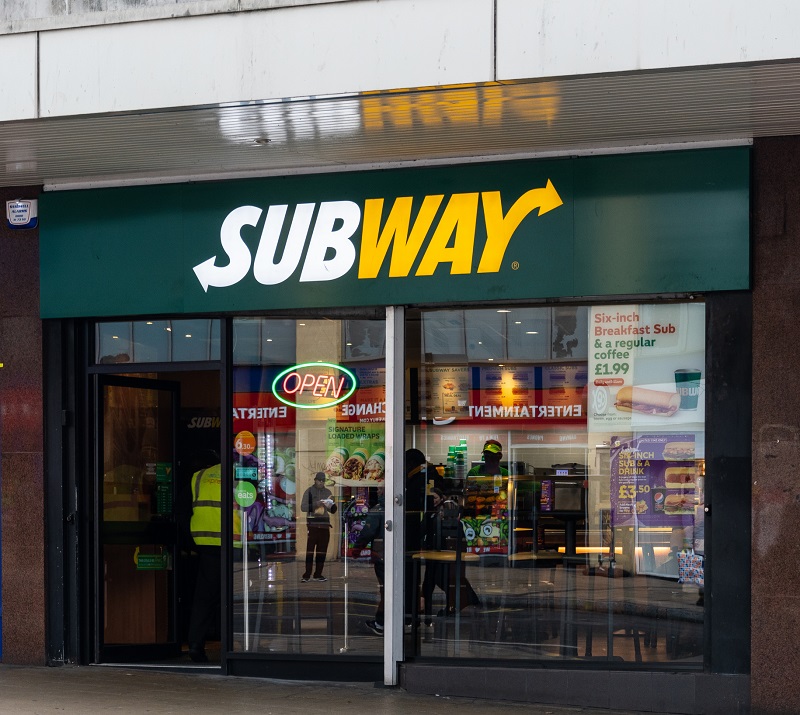How To Measure Business Metrics For Owners And Managers
Published on April 25, 2014Share Tweet Share
In order to achieve the profit potential of any business, an owner or manager must utilize key business measurements of performance. Almost all small businesses only utilize the profit and loss and balance sheet financial statements their accountant issues. The message is that while these two reports are important, they will not, by themselves, enable an owner to be able to manage effectively.
Measurements must be identified for the key result areas of a business. Key result areas are those things which have a significant impact on the bottom line. Businesses, for example, get their sales results from their profit and loss statement. Owners and managers, however, need much, much more information than that. Most measurements that owners and managers need to be able to manage effectively are not on your profit and loss and balance sheet reports!
Some examples of key result areas are:
- Cash flow
- ROI
- Inventory turnover
- Receivable aging
- On time shipments
- Tracking percent gross profit
Once the key result areas for your business are identified, how do we measure the efficiency and effectiveness of how well we are managing them? The truth is, the vast majority of small businesses really don’t know. The reason is because most small businesses do not utilize many measurements to manage. All Fortune 500 companies extensively utilize measurements to manage. Perhaps there may be a connection here as to why they are Fortune 500 companies? Owners and managers must utilize measurements to be able to manage effectively
Once measurements are developed for the key result areas, goals must be set for those measurements. Knowing what your percent gross profit is, for example, important, but how do you know whether or not that percent is good, bad or ugly? Without goals for those measurements, you really don’t know. To be truly effective, goals must be objective, quantifiable and measurable. Goals are the foundation to achieve accountability for results in a business. The lack of accountability for results is rampant in business today.
Without accountability, most businesses will struggle. Some examples of bad goals are:
- Reduce returns for bad quality
- Secure more sales
- Improve on time shipments
Some examples of good goals are:
- Reduce returns for bad quality from 2.0% of sales to 1.0%
- Increase sales dollars by 10%
- Improve on time shipments from 90% to 95%
If having goals for your business is so important, what do you use achievement of goals for? Achievement of goals can be utilized for:
- performance appraisals
- bonus & gain sharing plans
- wage/salary increases
- promotions
If an owner or manager utilizes achievement of goals in these ways, what does it benefit the business?
- Establishes effective accountability for performance
- Enables owners/managers to differentiate pay increases and bonus payments
- Improves the performance of employees
- Most of all, it improves the profitability of the business
Achieving effective accountability for results is one of the most important business dynamics an owner or manager can achieve. It creates a high performance organization. So many small business owners work hard and long hours and continue to struggle financially. Working hard is important, but working effectively is even more important. Without measurements of key results areas and close monitoring or achievement of goals for those measurements, it is virtually impossible to know how effectively you are managing. Unfortunately, in business, it is usually what you don’t know that hurts you.
Don’t only rely on hard work to maximize your success. If hard work only is the answer, Olympic and professional athletes would not have measurements and coaches to help them focus on improving their skills. Without knowing what areas in your business that needs to be improved, you are flying blind. Under that scenario, things usually go bump in the night.
Not sure how much can you afford?
Fill out our Franchise Affordability Calculator


Voyage Franchising
Related Articles
Open Your Own Independent Business or Buy a Franchise?
From the outset, you’ll have some obvious questions you’ll need to ask yourself before you can start formulating your own strategy to begin your venture.
New York Times Investigates Subway’s Abuse of Franchisees
New York Times investigation into the use of questionable practices by one its Franchise Development Agents that culminated in the agent acquiring two of a franchisees Subway stores.
The Fall of A Giant – Are Subway’s Healthiest Days Behind Them?
Not even a decade ago, Subway was the champion of healthy eating. In fact, they were the largest fast food chain in the world.
What Sub-Franchising Really Means
Sub-franchising is frequently confused with other franchise models, including area developers, master franchisors, regional developers.
Maximize Market Penetration and Branding with Multi-Unit Franchisees
Multi-unit franchising grows in popularity, in the Quick Serve Restaurant sector, this model continues to expand into other franchise sectors in popularity.
The Top 10 Franchise Grade Facts & Figures From 2017
Detailed studies on emerging franchise success rates, errors in Item 20 disclosure and sector performance, Franchise Grade’s reports help you.
A Road Block to Franchise Growth is Right Under Your Nose
New franchise growth is the top priority for emerging franchise brands. Many of these franchises have an obstacle on the road to more franchise locations.








